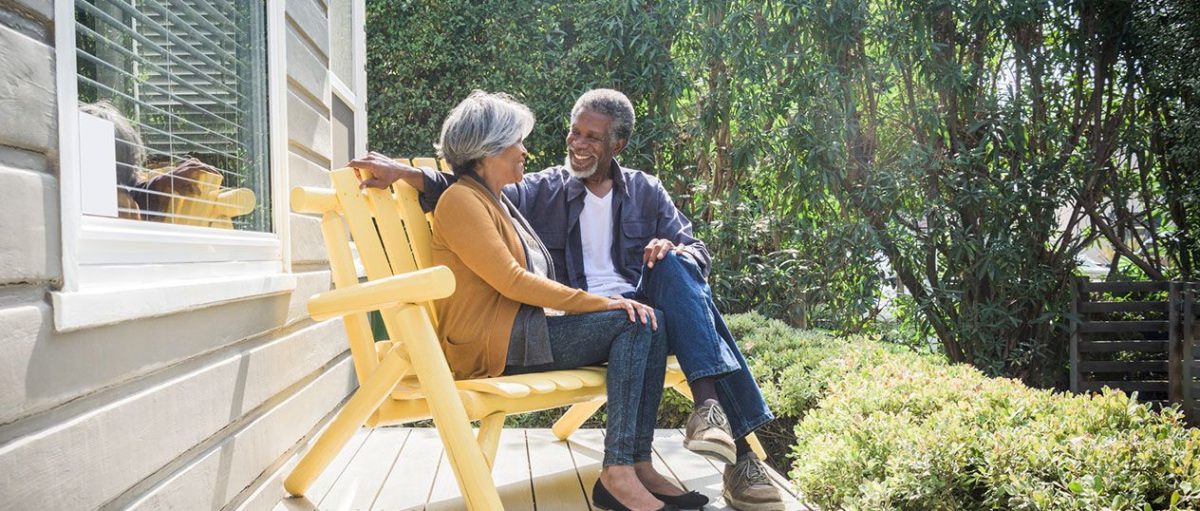How is an investment property mortgage different from a second home mortgage? Read on to find out.
We are not providing tax, financial, or legal advice in this blog post. The difference between an investment property and a second home lies ultimately in the IRS Code.
Investment property, rental property, second home, vacation home… After a while, these housing industry terms seem to blend. In reality, these terms are actually quite different, both in what they describe and the mortgage rules that apply to them. Searching for some clarity on the matter? This article should help. To find out how an investment property mortgage is different from a second home mortgage, we first need to explain how the properties themselves are different.
Investment property
Let’s talk about investment properties. Many people also call these “rental” properties, and for good reason. These homeowners make side income by renting out their investment property to tourists and vacationers (possibly even using services like Airbnb) or to more long-term guests like residents who pay rent. This kind of homeowner, however, does not live in their investment property—they have a different primary residence. Purchasing an investment property can be an attractive and rewarding investment for many reasons. For one, it helps diversify your investment portfolio—and for those who are into investing, you know that’s a good thing. The money you make from renting your investment property can also be used as payment toward the home’s mortgage, especially if it’s steady rental income from a resident. Now that’s a return on your investment.
But, be warned, investment properties are not the easiest to manage. It can be hard work—particularly if you’re housing a renter. At that point, you’re not just property owner, you’re also landlord and maintenance. Unlike renters, stocks and mutual funds don’t pay rent a week late, irreversibly scratch your hardwood floor, or call you about plumbing issues in the middle of the night. It can be exhausting—not to mention expensive. You’ve probably heard the phrase “It takes money to make money.” Well, that’s true for investment properties. You think renting out your investment property is going to be an instant cash cow, but for a while, in the beginning, it could cost you a lot of money. Don’t forget this property will have a mortgage, taxes and insurance, and utility bills just like your primary residence. As with most financial decisions, there are many pros and cons. Always consult a professional financial advisor and/or legal counsel for guidance before you buy an investment property.
Second home
For some homeowners, their second home is their vacation home (or, as we say in the mortgage industry, their non-primary residence). Think of a second home as the place where you live during certain times of the year, like on the weekends, during the summer, six months out of the year, etc. This could be a beach house or a cabin in the woods. Some of these properties are in second home “communities” where most of the properties in the surrounding area are second homes. This is a different kind of investment—you may not rent it out (although you can), but more likely, you, your family, and your friends reap the benefits of an extra property that’s all yours.
And again, owning a second home requires work and comes with more bills to pay. It’s more responsibility and more property to manage. You have to clean it, maintain it, and ensure its year-round safety and security. Like an investment property, buying a second home is a big decision that demands preliminary legal advice.
Investment property mortgage vs. second home mortgage
Now that we’ve covered the differences between these two types of properties, let’s address the differences between an investment property mortgage and a second home mortgage.
An investment property mortgage is what we call a business purpose loan—a loan for a non-owner occupied rental property. Mortgages for investment properties tend to come with higher interest rates and often require larger down payments. These two factors are designed to protect the lender in the event that the borrower fails to pay their investment property mortgage. Most lenders consider these types of home loans to be riskier simply because, since the home buyer doesn’t live in this home, they might be more inclined to walk away in the event of financial adversity. Lenders believe that a borrower who has invested quite a bit of their own hard-earned money into their property upfront will be more likely to keep the property—and continue paying the mortgage—even in financial crisis.
You think renting out your investment property is going to be an instant cash cow, but for a while, in the beginning, it could cost you a lot of money.
A second home mortgage is different in that you’re more likely to see interest rates and down payment requirements similar to that of a primary residence. If you plan on living at this property for at least 14 days out of the year, it’s considered a second home, and would need a second home mortgage.
We know what you’re thinking. Why not apply for a second home mortgage, use it to buy an investment property, and reap the benefits of a lower interest rate and down payment? Think again. Lenders are smart and their staff is trained to notice this sort of activity. It’s called mortgage fraud and, if you’re caught, you could face some serious fines. Since living at the property for at least 14 days out of the year is the deciding factor between an investment property and a second home, it’s one of the first things underwriters look at when assessing the loan. Take it from us—honesty is the best policy.
We’re always working to provide you with information that can help you make educated homeownership decisions. Did you learn something new by reading this article? Share your thoughts with us on social media!




